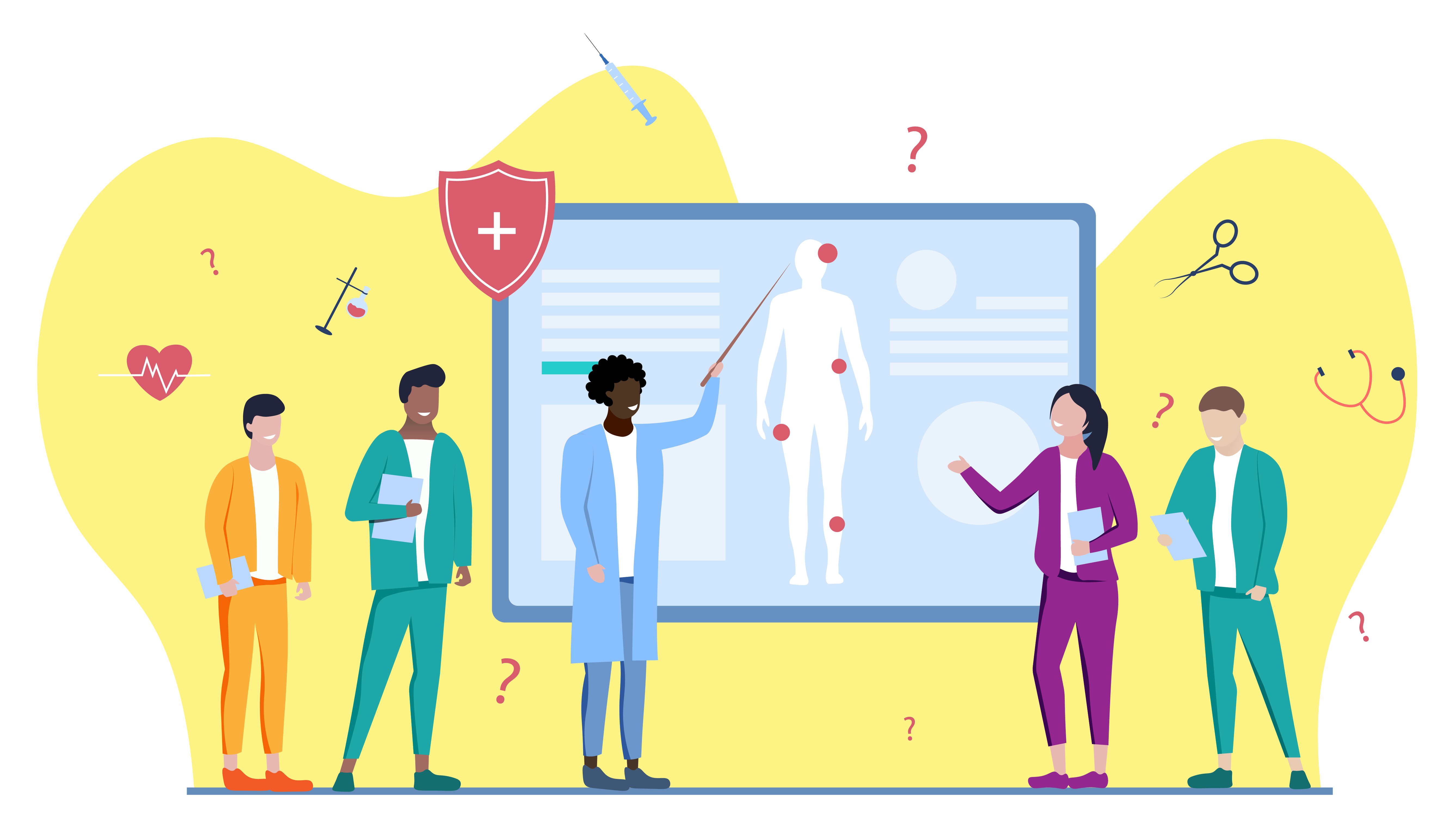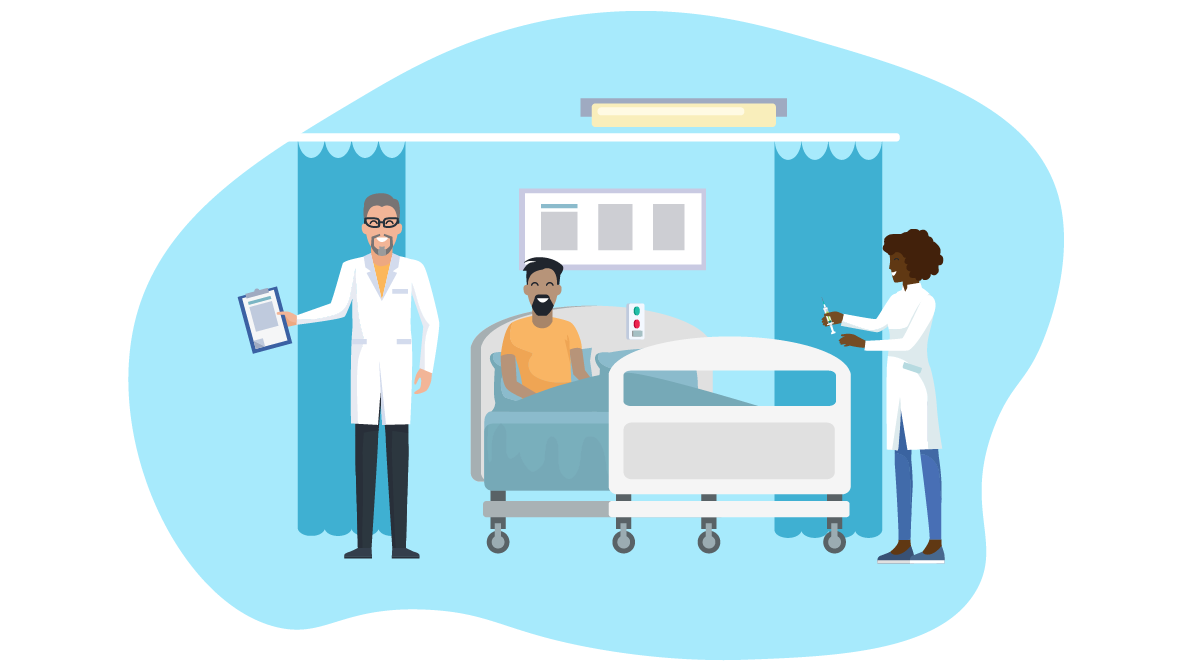
By: Sherilyn Smith, MD | Clinical Skills Learning Specialist | University of Washington | Aquifer Chief Academic Officer
Many educators are wondering how to meaningfully engage their students in distance learning activities that create community and allow them to practice important patient care skills (while not seeing patients). While I have been doing peer-to-peer consults with educators around the country about using Aquifer cases in their curriculum, I stumbled into a helpful reframe that seems to be unlocking people’s creativity:
Aquifer cases (yep…more than 170 of them!) are virtual standardized patients.
Wait…what?
We all know that standardized patients have a script to follow, provide information that is well…standard. Students interact with them to practice clinical skills like communicating effectively, practicing physical examinations, and writing up notes with management plans.
Aquifer cases provide standard content that is revealed in a virtual patient encounter (just like a standardized patient). Each case provides the student with an opportunity to:
- Practice identifying the important findings of the history and physical
- Create and stratifying differential diagnoses
- Identify their working diagnosis
- Create a concise/synthetic summary statement about the facts of the case
- Commit to a diagnosis and treatment plan
All of these activities can make the student’s clinical reasoning process more transparent and allows for the opportunity for them to practice these critical patient care skills. This deliberate practice provides a little more time for them to dig deep, understand and get feedback…not so easy in a bustling clinic, as a part of a ward team, or in the OR. These are some of the reasons we use simulation in the first place.
Suggested Activities
Assign the students the virtual patient cases (1 per week for preclinical students, several for more advanced students). Once the students have completed the virtual standardized patient case, have them:
- Write a patient care note about the case
- Discuss their differential diagnoses
- Review and improve their ability to create a summary statement (the foundation of calling a consult or doing a great sign out!)
- Give feedback to each other
Combining independent work with group interaction allows us to do what we do best: put the human face on education, support our students’ individualized learning, and provide feedback to keep them developing their skills.
I have uncovered students who rush through and don’t glean important information from the cases; students who need help and coaching stratifying their differential diagnosis (what a great discussion…most common vs. most serious vs. working diagnosis); and those superstars who can already craft a great summary statement and are ready to practice calling consults and taking it to the next level.
Reframes are great, they allow us to see new opportunities and innovations. Now especially, this ability to see beyond what we are given is coming in handy!




